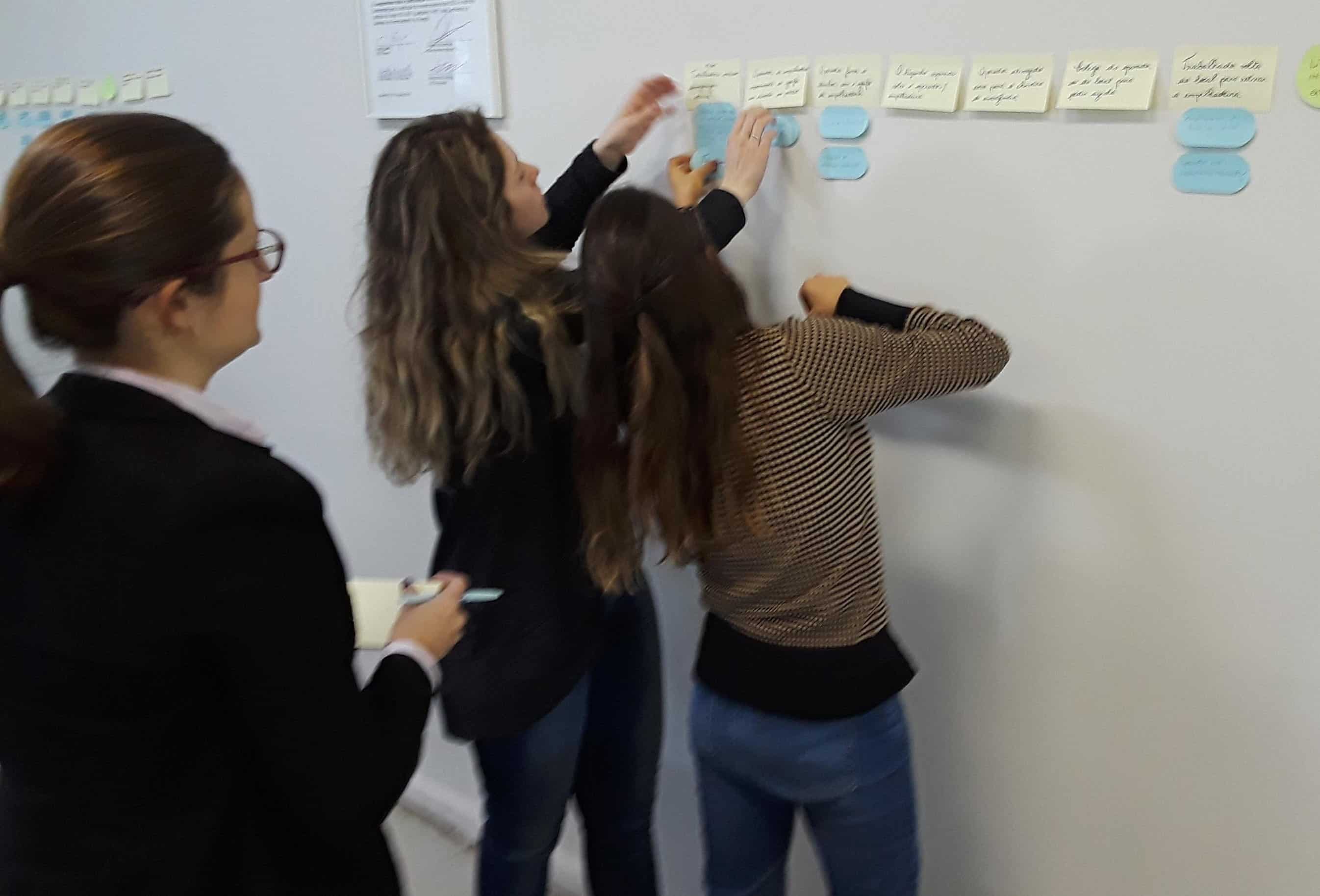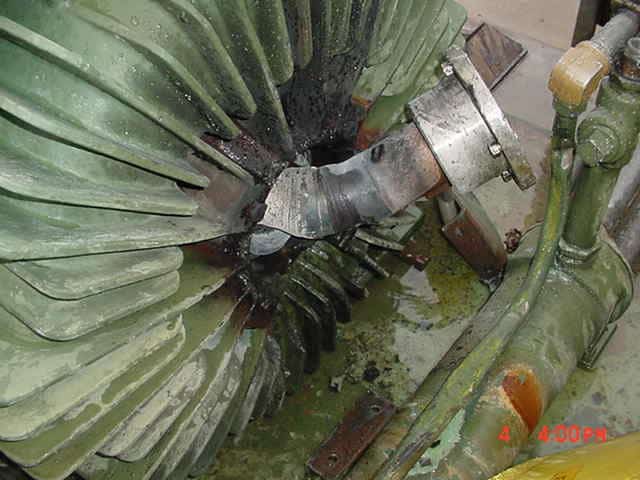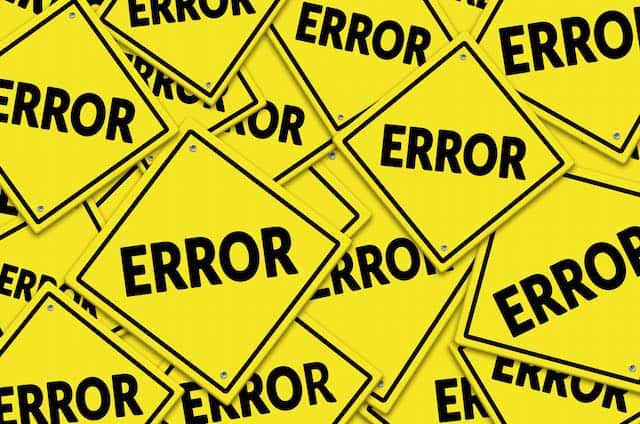Root Cause Audits Prevent Environmental Excursions

All too often, we hear stories about sewage spills and overflows, which cause environmental damage and cost utilities and operators large fines. Sometimes, the causes are catastrophic, like hurricanes. Unfortunately, most of the time, the reason is human performance and equipment malfunctions.
King County in Washington state recently had to pay a $361,000 fine for spilling 235 M gallons of sewage into Puget Sound. An investigation found the causes to be inadequate maintenance, reliability issues, and a lack of backup equipment. There was also a lack of employee training. Besides the fine, the county has to better monitor emergency bypasses, improve the reliability of equipment, and upgrade alarm features in the plant control system.
A closer look reveals an inexpensive float switch was at the core of the issue. In the past, this type of switch has repeatedly clogged, jammed, and failed. To keep operations going, employees would bend the rod back in place instead of replacing it. All in all, direct plant damage is $35M. This is the fourth environmental excursion since 2000, a cost that is not quantified but large.
Another example is a recent 830,000-gallon sewage release into the Grand River in Ottawa County, Michigan, due to a power outage. Six months ago, a broken 45-year-old pipe caused a 2 M gallon spill at the same location. The replacement cost of the pipe is $5 M, but funds are not available, so the utility is patching and hoping for the best.
These are just two recent cases that would have benefited from doing a root cause audit. The methodology is similar to a root cause analysis, except it is done before any incident and aims to find and fix the most impactful risks.
Steps in a Root Cause Audit
Planning for and doing an audit typically follows the following pattern:
- Plan the audit and determine the process flow of problems that could turn into significant issues
- Perform the audit and record the findings
- Define the significant issues (similar to causal factors in a root cause analysis)
- Use the Root Cause Tree® Diagram to analyze each significant issue
- Analyze any generic causes for each root cause
- Develop preventive fixes
- Get approvals and implement the plan
When done, take a moment to recognize the people who helped, and do not forget to celebrate! Learning from those who came before you can make things easier.
We have long experience with investigations and corrective actions that work. The book, “TapRooT® Root Cause Analysis for Audits and Proactive Performance Improvement,” has practical checklists and advice on auditing and implementing corrective action. Read more and order your personal copy here: http://www.taproot.com/store/TapRooT-and-reg-for-Audits-Book-Set.html
Also, consider attending the 2-Day Auditing & Proactive Improvement Using TapRooT® RCA.



